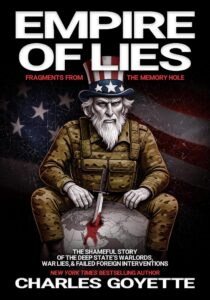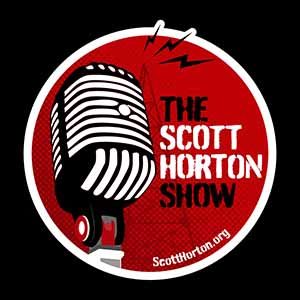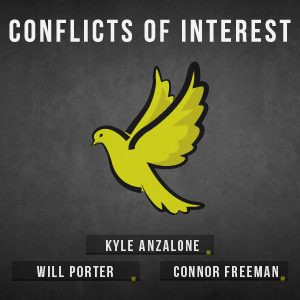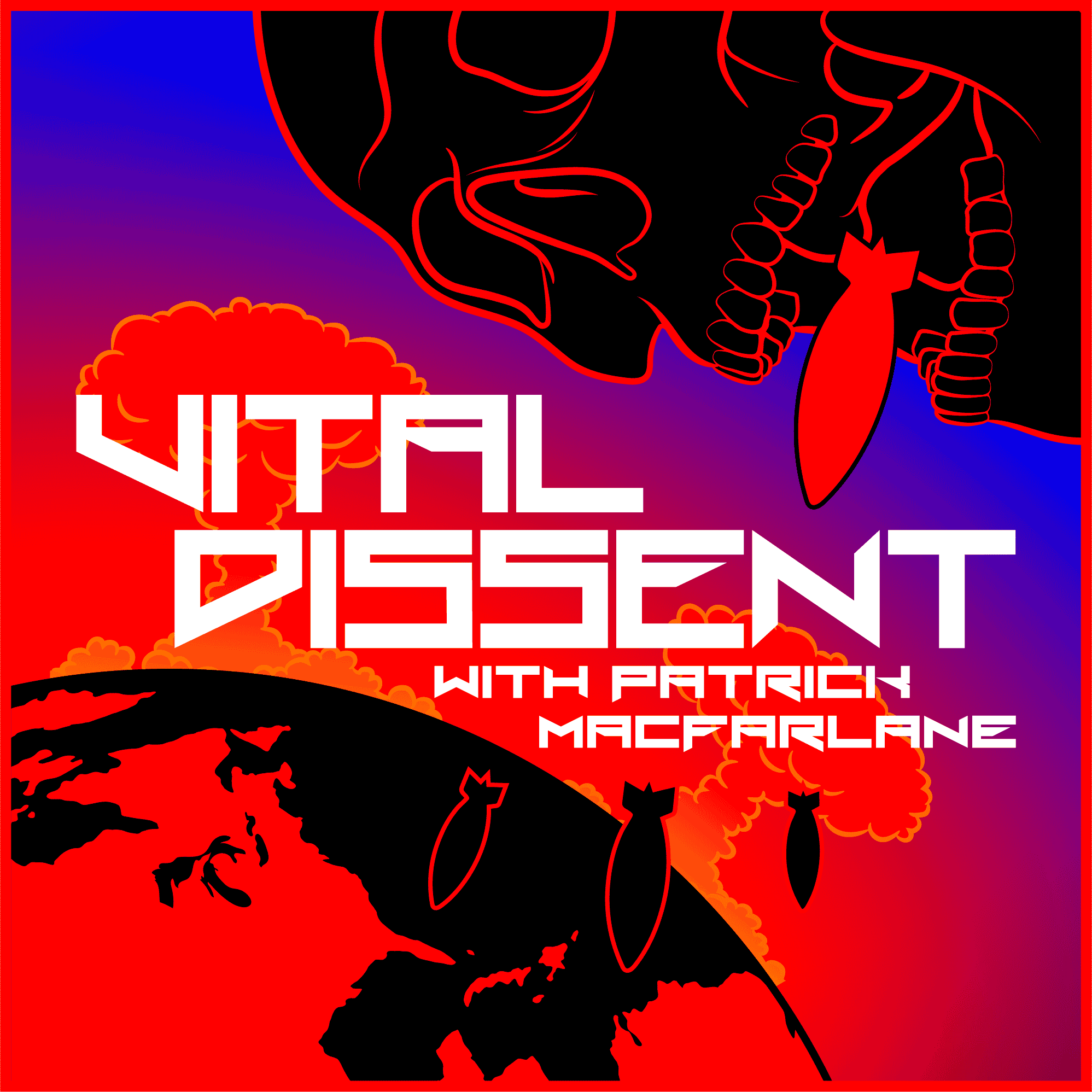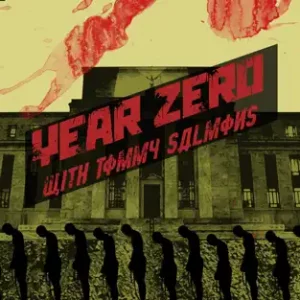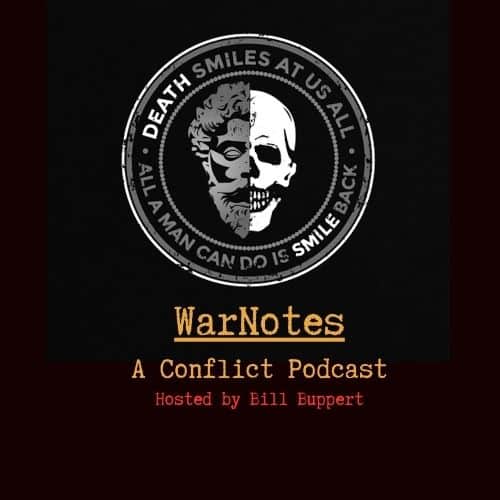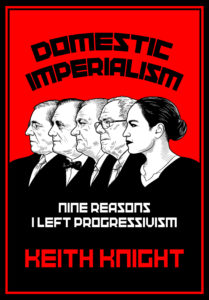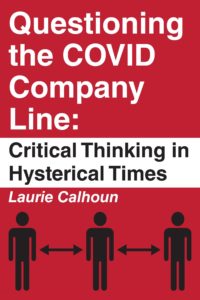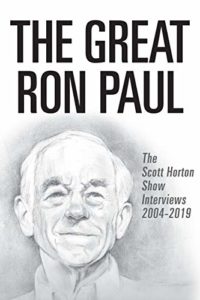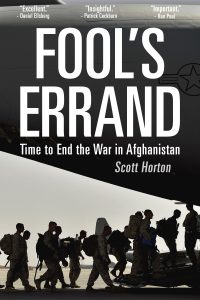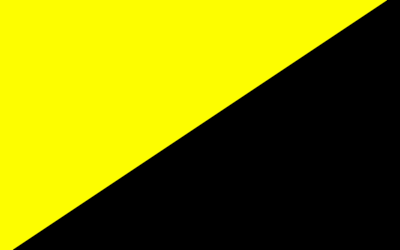Last Monday, the Supreme Court announced that it would hear a Wisconsin case that would overturn a highly gerrymandered State Assembly redistricting map that heavily favors Republicans. The Court plans to hear arguments next fall, and it is expected that it will be closely divided. (New York Times, “Justices Take up Gerrymandering Based on Party,” June 20, 2017)
Gerrymandering gives those in control of the redistricting process the power to enhance their representation by means of what is known as “packing and cracking”: The ruling party “packs” opponents into a few carefully shaped districts where they will be an overwhelming majority. Then the remaining opponents are “cracked” or divided among numerous districts where they may be a large, but ineffectual minority. Thus, in Wisconsin in 2012, Republicans received only 49 percent of the statewide votes for Assembly members, yet ended up with 60 out of 99 seats. In 2014, they won 63 seats with only 52 percent of the vote. When Democrats happen to control the redistricting process, they do the same thing in reverse.
My own favorite gerrymandered district is what I call the “Ohiomander”—Ohio’s 2002-2012 Senate District No. 1, a monster so bloodthirsty that is actually craning its neck around in order to bite itself on the rear end! In a democracy, voters are supposed to choose their politicians. As has often been noted, gerrymandering instead allows politicians to choose their voters.
Gerrymandering can easily be kept in check by means of a constitutional requirement that state legislature and Congressional districts be as compact as possible in terms of number of county fragments created and total district perimeter. Here’s how crowdsourcing could be employed to achieve this result entirely through voter input:
All registered voters would be free to submit plans on an equal footing for a period of say one month. Each plan that meets the primary requirement of approximately equal population would be evaluated in terms of the number of county fragments created, and in terms of the total perimeter of the districts. At the end of each day, the best plan, evaluated first in terms of minimizing county fragmentation, and then with the smallest total perimeter as a tiebreaker, would be identified as the front-runner and posted online.
State officials would be required to provide computer software that would allow voters to construct these plans by clicking on counties and/or census tracts, and to submit them in a standardized electronic format.(1) In order to keep the data load manageable, each voter could be limited to one submission per day. Only the voter registration credentials of the front-running plans would actually have to be checked, so that this would not be a burden.


